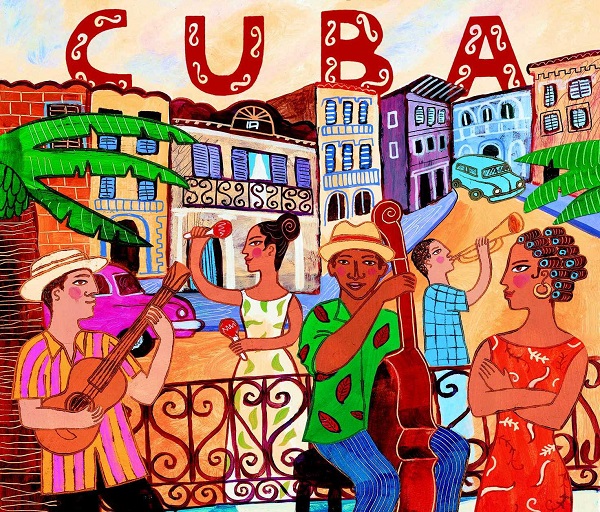10.4.3 The Combos.

Combos were instrumental groups or formats that developed in Cuba in the late 1950s. During this period, virtuoso musicians emerged who, in these orchestras, performed jams with significant jazz content.
This instrumental format has its origins in the Puerto Rican re-creation of the North American combinations, which were groups where the various orchestral sections were arranged, with one of each instrument, which implied a reduction that maintained the basic sound.
In Cuba, the Combo emerged as a need in small Havana nightclubs for an orchestra to play all musical genres. These Combos generally consisted of trumpet, saxophone, piano, double bass, drums, as well as Cuban percussion and electric guitars.
The activity of many of the Combos was to accompany Feeling singers or other soloists, but the fundamental one was to gather virtuoso instrumentalists to show off their skills in what is known as “descarga.”
Beginning in 1960, these groups spread throughout the country, reduced to quintets or expanded to an orchestra, with instrumental formats that varied according to the musicians’ expressive capabilities and needs.








